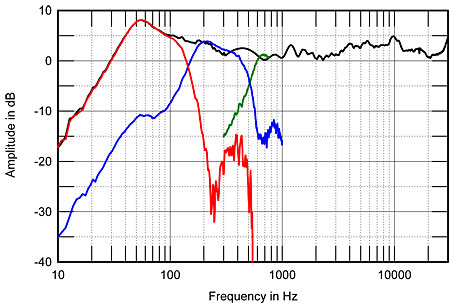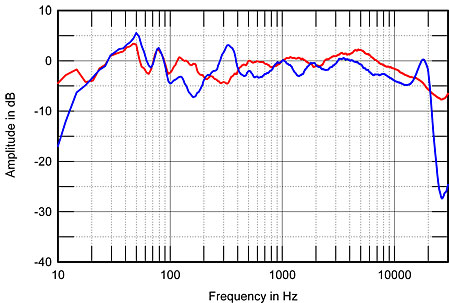| Columns Retired Columns & Blogs |
Any reason why there was no waterfall plot of cabinet resonance done as is usually the case with other speakers? Folks deserve to see if such an elaborate speaker cabinet was worth the effort or not considering the excessive cost I'm sure it adds to the design and the manufacturers claims of aluminum being superior to good old fashioned wood.
Anyone willing to bet that the B&W 800D cabinet plot looks better at a 1/2 the price and complexity?













































